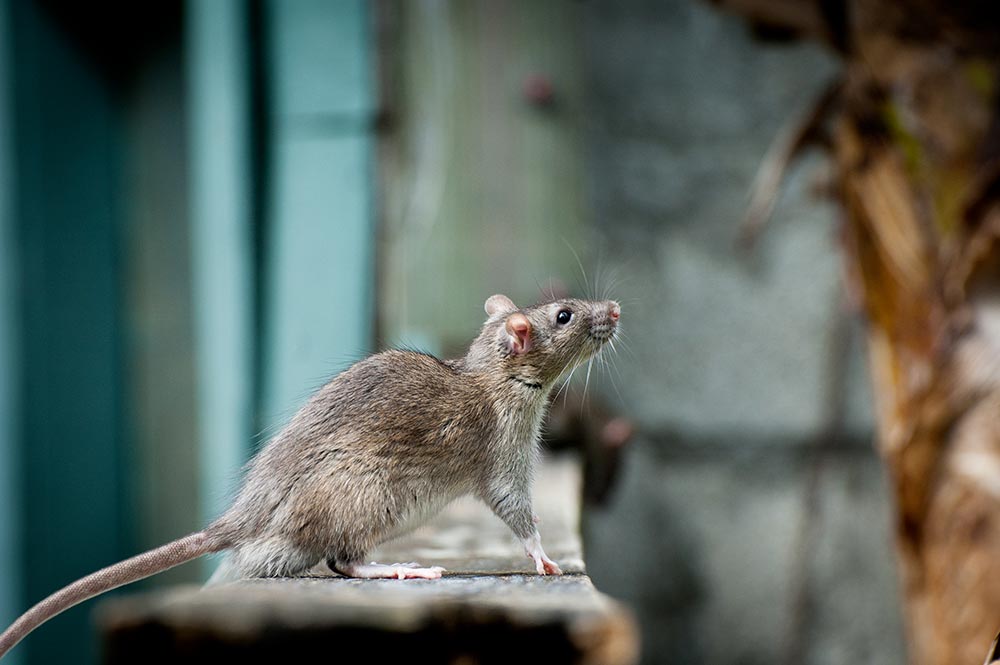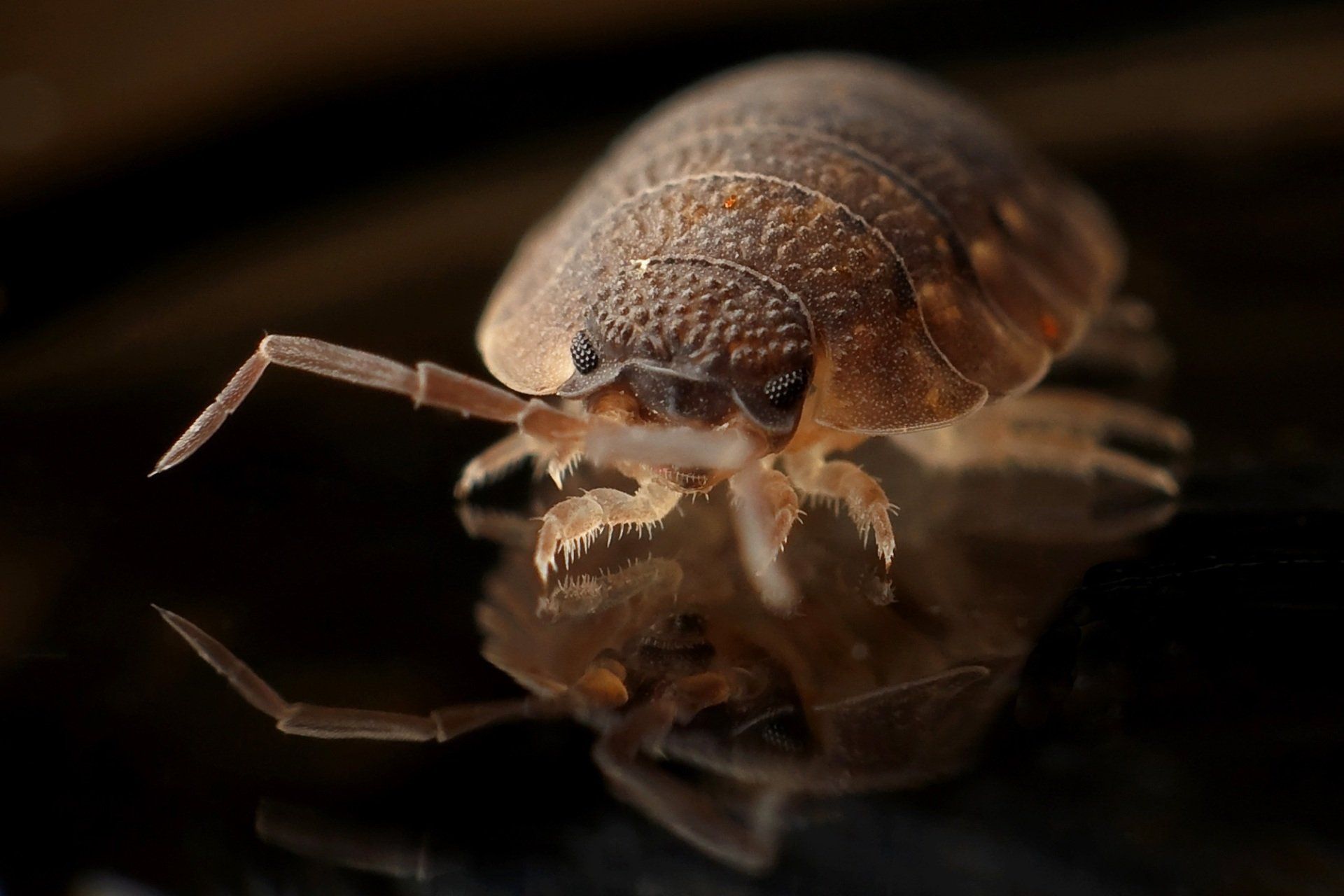Blog Layout
Conditions Conducive to Timber Pest Attack
Jul 12, 2022
Timber Pest Attack
Determine whether the site and design of the house are extremely favourable to timber pests while conducting a wood pest inspection. A few of the factors are, but are not limited to:
- What type of construction is the house (e.g., is it built on a cut and fill slab)?
- Is the type of construction "High" risk in terms of undiscovered termite invasion or activity?
- Has the structure been expanded or modified?
- What is the overall risk of an undiscovered timber pest attack and the conditions that can lead to one, given the accessibility for examination and the presence of obstructions?
- How old is the building, what kind of wood was used in its construction, and how vulnerable are those woods to fungus or wood borer attack?
- Is there a ready supply of food under or around the building for termites?
- Is there proof of too much moisture?
- Is there any proof of additional circumstances that could lead to a timber pest assault, such as insufficient inspection zones or termite management system bridging or breaching?
- evidence of a former termite control strategy. Is there a permanent notification stating that a termite program is in place in the electricity meter box?
It's crucial that you:
- Identify the circumstances that timber pests prefer;
- Identify the construction type's restrictions;
- Report any obvious circumstances that might lead to a timber pest attack;
- Recommend additional professional guidance, follow-up inspections, or repair work as necessary.
The following sources provide additional reading and information on the factors that favour timber pest attack:
- Standard Timber Pest Detection Reports and Uniform Inspection Guidelines for Timber Pest Detection Consultants are both found in the Report Systems Australia Handbook. November 2010, Fourth Edition.
- Australian Standard, AS 4349.3-2010, Inspection of Buildings, Part 3: Timber Pest Inspections.
- Australian Standard, AS 3660.2: 2017, Termite Management in and Around Existing Building.
You might also like
Pest Control Insurance Blog

12 Jul, 2022
Protecting your pest control business is with a specialised pest control insurance policy is essential. Businesses are shielded from a variety of risks resulting from property damage, bodily injury to third parties, and failure to uphold professional obligations. Wymark Specialty combine public liability with professional indemnity to give your pest control company the broadest coverage. Professional Indemnity and Public Liability Public liability insurance protects you in case your negligence results in property damage or third-party injuries. Public liability insurance is a requirement for your pest treatment company, regardless of whether you are spraying for spiders or setting up termite barriers. A breach of your professional obligations is covered by professional indemnity. You need professional indemnity insurance if you are giving advice or reporting. Legal expenses incurred in defending lawsuits brought against your pest control company and any damages granted up to the insured amount will be paid for by Professional Indemnity. Speak to one of the Wymark Specialty team about what we can offer you. Request a quotation for pest management insurance here.
Book a Service Today
Thank you for contacting us.
We will get back to you as soon as possible
We will get back to you as soon as possible
Oops, there was an error sending your message.
Please try again later
Please try again later
Expert and Professional Service
We are available via email or telephone
Location
47/195 Wellington Road
Clayton VIC 3168
insure@wymarkspecialty.com.aum.au
Call
1300 797 830
Wymark Specialty Pty Ltd T/as Wymark Specialty | ABN: 88 627 915 039 is a Corporate Authorised Representative No. 001282067 of Areté Risk & Insurance Partners Pty Ltd T/as Areté Risk & Insurance Solutions - ABN 40 098 080 810 - AFSL 232703
Pest Control Insurance
Pest Management Insurance
Public Liability
Professional Indemnity
Commercial Motor
Income Protection
Privacy Policy
Supporting Vulnerable Customers Policy
Office hours
- Monday
- -
- Tuesday
- -
- Wednesday
- -
- Thursday
- -
- Friday
- -
- Saturday
- Closed
- Sunday
- Closed
© 2024
All Rights Reserved | Wymark Insurance Brokers (Melb) Pty Ltd

